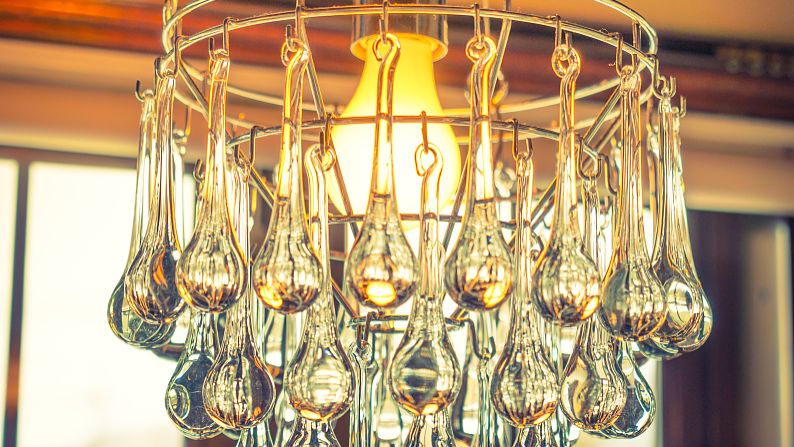

time:2021-11-19 Views:16
Household appliances are an indispensable part of our daily lives. Most household appliances are inseparable from photodiode semiconductor devices. They are also widely used in medical, industrial, and scientific research equipment. Next, the editor will give a brief introduction to photodiodes.
The photodiode is basically the same as other photosensitive elements, and has quite a lot of applications with the photodiode in the function of the photosensitive element and the photosensitive resistor. In fact, photodiodes are almost the same as ordinary diodes, but their functions are not available in ordinary diodes. Ordinary diodes can only conduct electricity in one direction, while photodiodes can work under reverse voltage and can convert light signals. For electrical signals. It is an extremely widely used optoelectronic device.

Photodiodes can be roughly divided into four types, namely pin type, avalanche type, pn type and emission key type. Each model has different characteristics and uses, and can be used in different electrical appliances.
Generally speaking, photodiodes work under reverse voltage. Under the effect of reverse pressure and reverse pressure drift, the photodiode's reverse current has a significant increase in the reverse pressure and reverse pressure drift process; in addition, the photodiode has the characteristic of photoconductivity, that is, the greater the strength of the reverse current, the more the reverse current The greater the intensity. When light hits the photodiode, a current is generated, which is called photocurrent.
Photodiodes have one thing in common with ordinary diodes. They both have something called pn junction. It is the pn junction that enables photoelectron diodes to achieve photoelectric conversion. Photodiodes and phototransistors are commonly used light-sensitive semiconductor devices in electronic circuits, which are usually represented by vd in circuits.